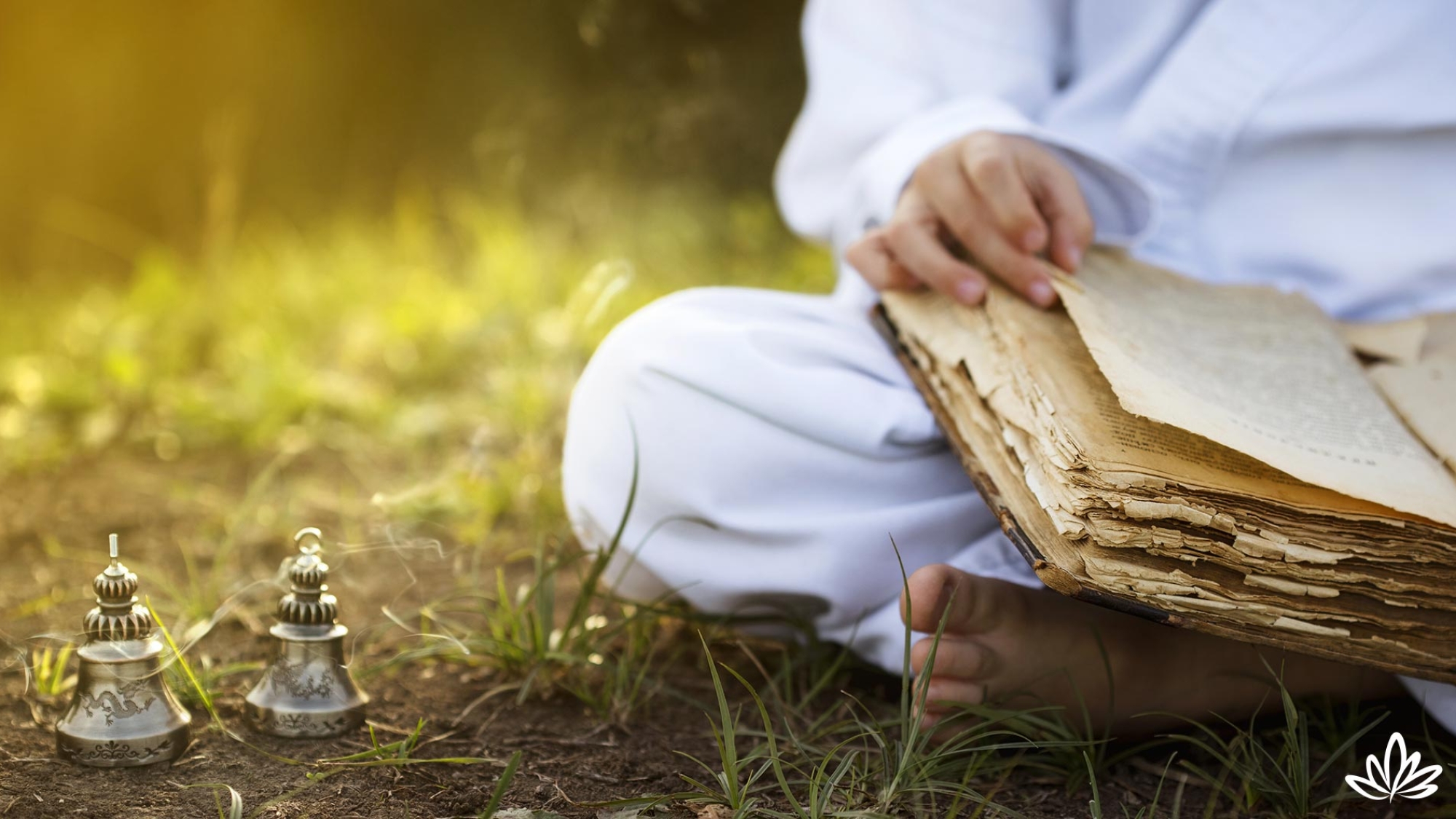The Enlightened Way to Face Death (with the Tibetan Book of the Dead)
Some people welcome death into their lives as they would a dear friend, with long-awaited favor. Others find the topic so distressing that they won’t even consider thinking about it. Halloween week is a good time for us to give our own death a little thought. Not matter what, shedding our present bodies is inescapable. It’s going to happen, and although very few of us are given an approximate expiration date, we all know it’s inevitable. We simply don’t know when or where our number will be up!
Every culture has its own ways of dealing with death and the process of dying. The vast majority believe in an afterlife of some sort: the Bardo if you’re Buddhist; Purgatory if you’re Catholic; gleaming cities, seething infernos, eternal peace, you name it, if you’re some brand of Protestant; reincarnation, if you’re Catholic before 300 AD, Hindu, Jain, Sikh, or just like to lean that way.
Buddhists consider death not an end, but a new beginning, with each passage from death to life yet another chance to reach nirvana (enlightenment) so you won’t have to reincarnate again unless you choose to serve and guide humankind toward enlightenment by way of an additional life. They offer specific instructions on the afterlife in a book called The Tibetan Book of the Dead, but its actual title is Bardo Thodol. Today, I will offer an outlook on death that should ease your mind if all the Halloween and Hollywood images of the dead keep you up at night!
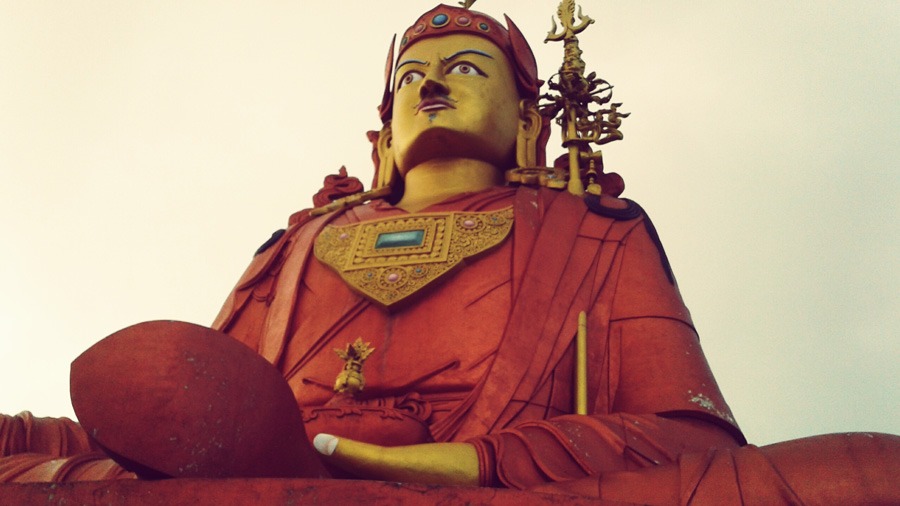
In Asia around 700, metaphysical concepts held center stage. One of these became the foundation of Tibetan Buddhism—The Tibetan Book of the Dead.
Buddhist Master Padmasambhava was the first to write marching orders for those who shepherded loved ones to the afterlife and beyond, but researchers believe he didn’t think the world was ready for his teachings and that’s why several hundred years passed before the manual saw the light of day for the first time. One of the translations was analyzed by psychoanalyst Carl Jung, and the 1993 version was given a blessing by the present Dalai Lama, the spiritual leader of Tibetan Buddhism.
Overview: Tibetan Book of the Dead
Because the book is enormously complex, I’ll just briefly summarize the key points.
First of all, as most of us learned at a relatively young age, there are both good angles and bad angels, as well as demons in the afterlife.
There are six bardos, or in-between states, which souls pass through after physical death occurs. The Tibetan Book of the Dead describes three of them: Chikhai bardo, the moment of death; Chonyid Bardo, the new reality when apparitions – peaceful or wrathful deities — appear, based on your soul’s karma; and Sidpa Bardo, rebirth, when souls see their two new parents, at which time they are reborn into human form.
The Three Stages of Death
The Tibetan Book of the Dead offers specific instructions about the signs of death and how family members can comfort souls in transition. These death rituals are crucial for the soul’s transition to the next stage.
Buddhists believe death shouldn’t be feared, since it is merely preparation for the soul’s next sojourn.
The moment of death
The moment of death is especially important and in no way out of your control. In the book, the author describes preparations we can make to ease the transition. Among them are giving away our material possessions and getting comfortable in all our relationships. There are also specific passages that a caregiver can read during the person’s period of dying.
The 49 days following a death hold crucial significance for Buddhists. Close friends or family members are encouraged to read the Tibetan Book of the Dead as often as possible during those 49 days so the transitioning soul can hear the words and adhere to the process.
Some people are fortunate enough to be able to control their rebirth and choose their new parents. According to Buddhist belief, these individuals will choose parents who make it easier to discover and incorporate spiritual teachings into their lives.
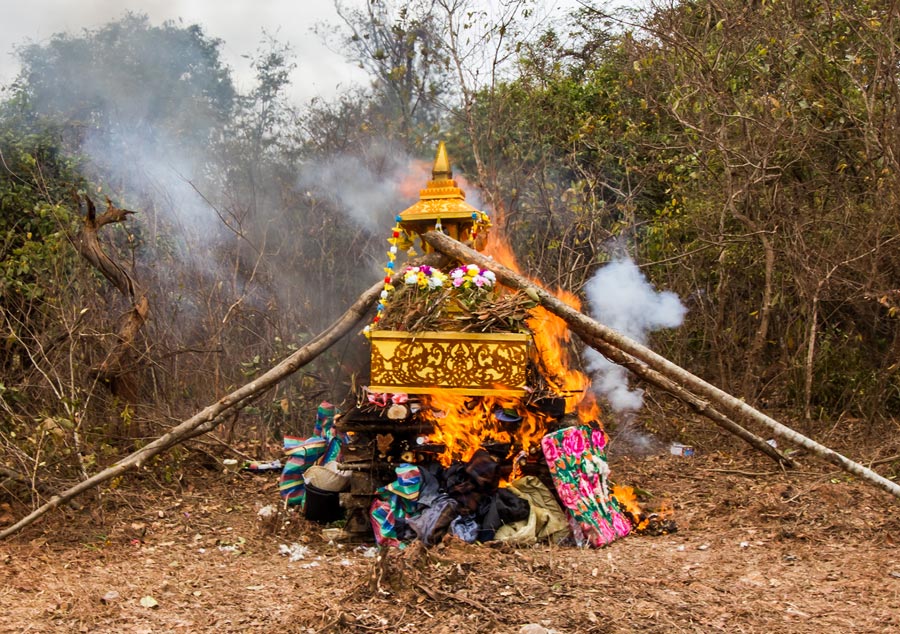
Whether you find The Tibetan Book of the dead by accident or intention, it’s the first manual of its kind. It shows us how to die, but it also shows how to live. Compare their teachings to our current treatment of the dying. Although modern science has kept people alive longer than at any other time, it has also turned aging and dying in the West into medical experiences all too often managed by health care personnel. Up until about 1950, most people died at home, cared for by family members. Death was a natural part of living; it wasn’t hidden away. The priest gave last rites in the home. Grandpa was laid out on the dining room table, where even small children could see him. The body was washed and readied for burial by the women of the family.
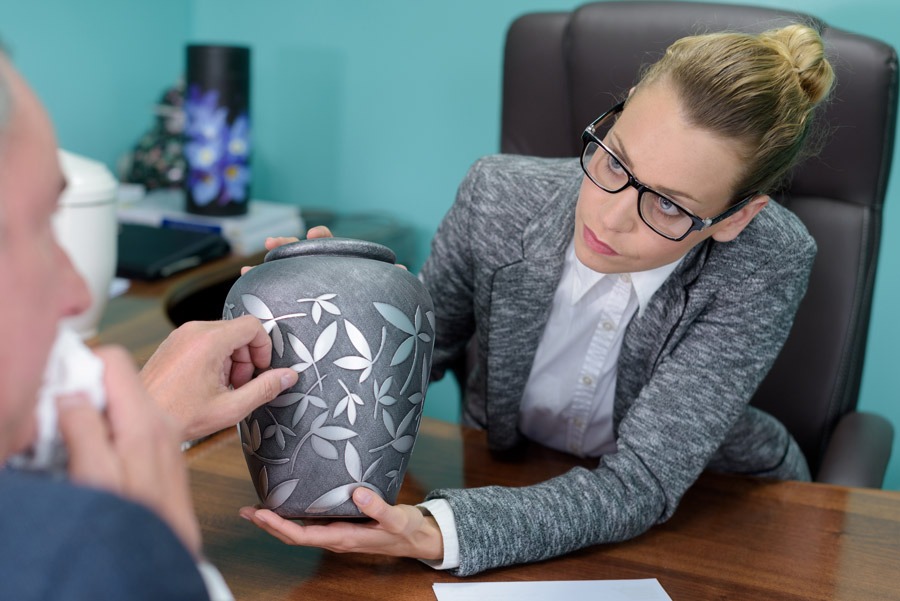
So these days it’s no wonder that we fear death, because we tend to fear the unknown. Not only are we unfamiliar with the dying process and death, but many of us no longer have strong religious beliefs to get us through a loved one’s death, never mind dealing with the thought of our own mortality.
But, for others, imagining our own death is part of our spiritual practice. I’d like to encourage you to make it a part of yours.
Every death begins with the dissolution of the “winds” associated with the four elements, starting with the earth element, and then going through water, fire, and finally air, the release of the final breath. But the point of actual death isn’t your final breath. It is the appearance of the clear light. You can stay in this state for up to three days, which is why many traditions don’t bury or burn a body during this time.
There are certain signs that a person’s consciousness has left the body: all heat is gone from the heart center; the body begins to decompose; the body of a practitioner who has died while sitting in meditation slumps over, or other, more subtle signs.
The Tibetan Buddhists go into detail about what the consciousness goes through in the intermediate state on its journey to the next rebirth. Like other traditions that believe in reincarnation, the Buddhists (and I) believe that each living being has a continual stream of consciousness that moves on from life to life, bringing with it the karmic residue from previous lives.
Practical matters in caring for the dying
- For terminally ill loved ones with a less than six-month life expectancy, enlist Hospice care to help with activities of daily living. These caregivers are specially trained to compassionately support both the dying and their loved ones during the final days, weeks, or months of a person’s life. I was thrilled with the excellent care that Hospice gave my mother at the time of her passing, and regretted we hadn’t arrangement the same care for my father, who died earlier.
- Prepare the home for end-of-life care. Home is so much nicer than a hospital. You can rent or buy the right kind of bed (which make keeping your loved one comfortable much easier), and any other equipment you need to keep the dying person safe, clean, and comfortable.
- Create medication and turning charts so meds aren’t skipped or doubled and so the individual is frequently turned to keep them comfortable.
- Consider hiring a nursing agency or outside caregiver to take night shifts and days off to give the default daytime caregiver a chance to rest and refresh.

How to help someone have a “good” death
Your most important duty is to help keep the dying person’s mind happy and calm. If the person is more comfortable with the Catholic rosary or Seinfeld reruns than Tibetan Buddhism, don’t create anxiety by reading “The Tibetan Book of the Dead” to them, no matter how good a guide to dying you think it is. But you can introduce spiritual thoughts or soothing music; whatever they want is the key.
Do your best not to cling emotionally to the dying person, no matter how fond you are of them and how much their leave-taking dismays you, keeping in mind, it’s not about you. It’s so much harder to let go when someone is holding you back emotionally. Instead, encourage them to move on without fear, and express openness to sharing their pain, fear, joy, or love. You don’t have to talk. Just be with them.
It has been my experience that for 3 or 4 week after a person dies, they are still connected to their recent life. It’s a good time to continue silent communication, to finish up any old business, to say more goodbyes, to keep encouraging them to let go further, and move on.
What about your own mortality?
Elisabeth Kubler-Ross, who wrote the groundbreaking book “On Death and Dying” said: “It’s only when we truly know and understand that we have a limited time on earth, and that we have no way of knowing when our time is up, we will then begin to live each day to the fullest, as if it was the only one we had.” She pioneered the concept of providing psychological counseling to the dying and described five stages she believed those who were nearing death experienced: denial, anger, bargaining, depression, and finally acceptance.
One of the main advantages of contemplating your own death is that it becomes less scary. Whenever you stand up to your fears—and fear of death is certainly a huge one—you shift into the state of allowing whatever is to just be. And contemplating your own death also promotes what psychologists call the “legacy motive”—a sense of generosity and desire to make the world a better place before you sign off from this life.
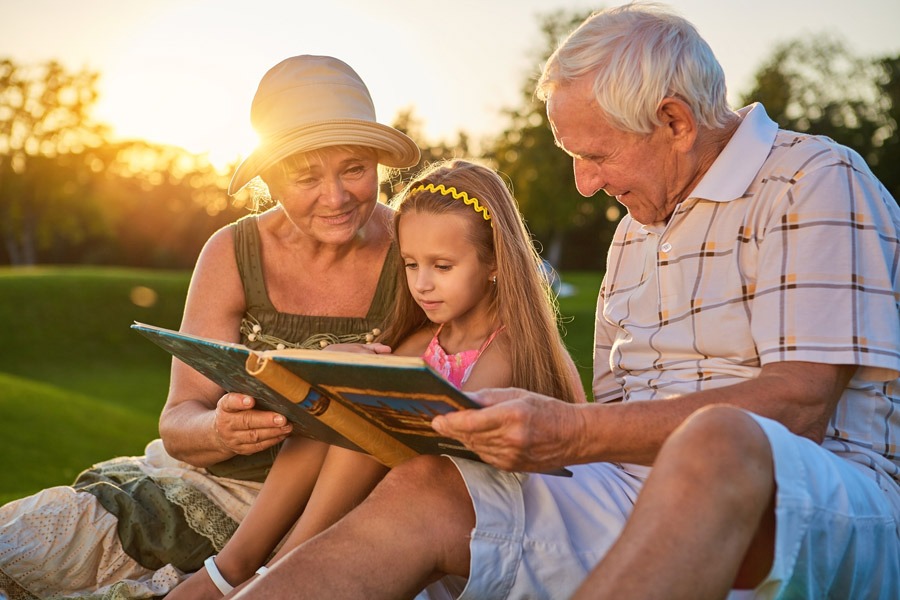
It might be challenging to create regular practice of contemplating death. Where does one even start?
One great way to start is to pick up our Highlights of Hallowed Retreat video series. It consists of ten hours of on-demand content-rich video, complete with teachings, healings, meditations, and initiations, filmed in the profound vortex of Ojai, California. And it includes the truth about death, why we fear it so, and the secret to conscious dying.

